2017-2019 IN REVIEW PRE-COVID
Apologies for little posting lately. Much activity included some with deadlines; this will focus primarily on the few years leading up to Covid.

For 2017 my involvement in the annual GNSS+ Conference again included teaching the two satnav/inertial integration tutorial courses with OhioU Prof. Frank vanGraas Also for the 2017 conference I wrote two manuscripts (with videos made to facilitate familiarization with the material), one for estimation and another providing opportunities for advanced warning.
2018 began with attendance at Cognizant Autonomous Systems for Safety Critical Applications (CASSCA). For that highlight I’ll note an insightful presentation by a speaker from Wright-Patterson Air Force Base (WPAFB): pilot override prevented F-16 crashes through automatic pullup; “artificial” intelligence (AI) isn’t completely artificial. For my own work, April meant presenting “New Interface Requirements: Implications for Future” at Integrated Communications Navigation and Surveillance (ICNS). Highlight of that conference was a rare acknowledgement, at high levels within Mitre and FAA, that past methods for collision avoidance are woefully inadequate for future air traffic (especially today with proliferation of pilotless vehicles). The two-part tutorial was again taught in Sept 2018.
The presentation just noted foreshadowed a sequel rendered again at the 2019 GNSS+ conference. Covid marked the end of that ten-year series. The interface topic, also reviewed in a May SAE International meeting, was presented during the same month to the National Space-based Advisory Board. For satnav/inertial integration, my GPS/inertial approach appears (plus sample results obtained with in-flight data) as Chapter 46 Part 2, in a new satnav handbook edition again co-edited by father-of-GPS Brad Parkinson, first revised 25 years after its first appearance.










